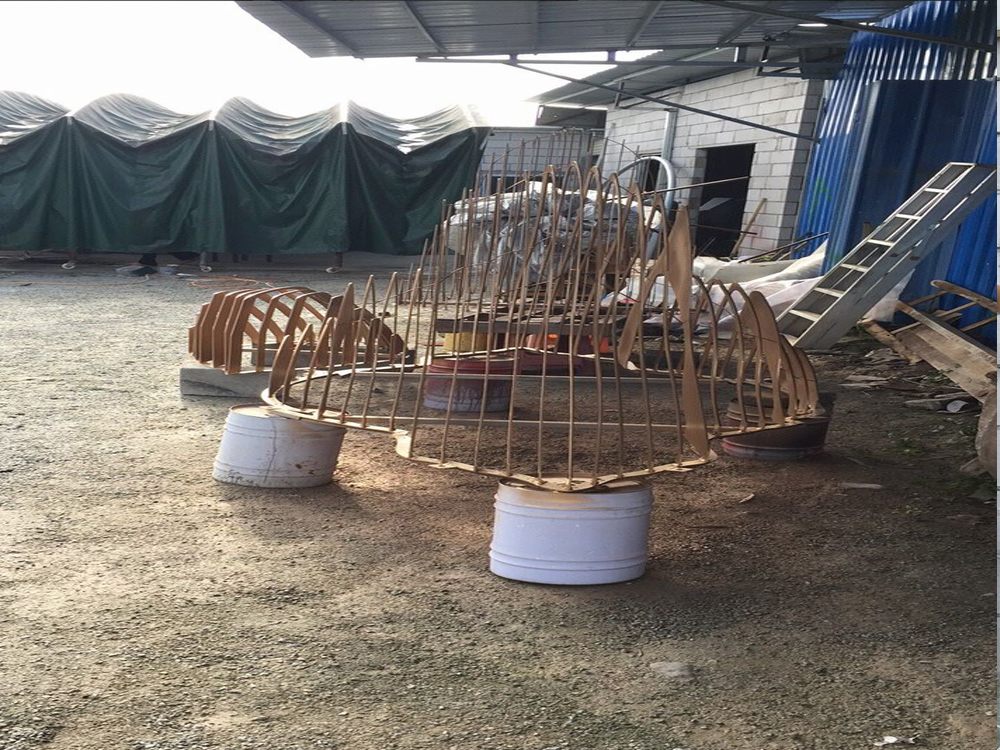
Creating balance in asymmetrical stone compositions is a delicate art that requires both technical skill and intuitive design. Artists achieve this equilibrium by carefully considering several key elements.
First, they manipulate visual weight through size and texture contrasts. A larger, smoother stone may be balanced by a cluster of smaller, rougher fragments, creating tension and harmony simultaneously. The strategic placement of voids or negative space also plays a crucial role in offsetting dense areas.
Second, artists often employ dynamic asymmetry by arranging elements along implied diagonal lines rather than static horizontal or vertical axes. This creates movement while maintaining stability. The careful distribution of colors and patterns within the stone further enhances this effect.
Third, many sculptors use the principle of counterbalance, where protruding elements are compensated by weightier sections on the opposite side. This technique mimics nature's organic balance found in rock formations.
Finally, the relationship between the sculpture and its environment completes the composition. Artists may position works to interact with shadows, sightlines, or surrounding landscapes, creating a larger system of balance.
These methods demonstrate how asymmetry doesn't mean imbalance - rather, it offers artists sophisticated tools to create more engaging and naturally harmonious stone compositions.

